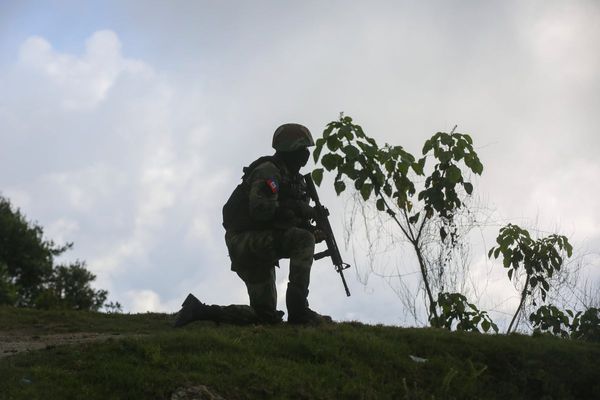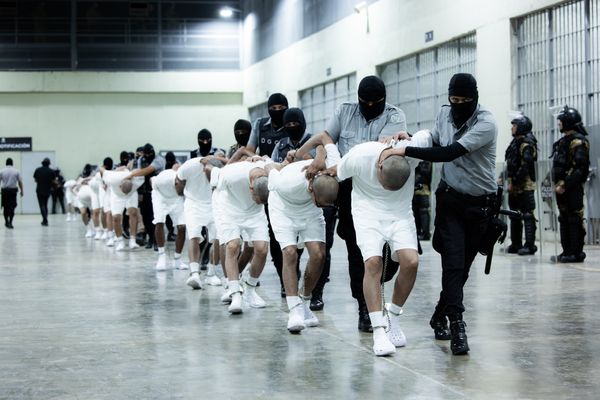
- By one metric, air-travel safety improves by a factor of two nearly every decade, according to a 2024 study. But this week's crash of a passenger plane and an Army helicopter highlighted a troubling recent trend, according to one aviation expert.
Recent airplane crashes have again raised fears about air travel, though data show it remains one of the safest forms of transportation.
On Friday night, an air ambulance crashed in Philadelphia, killing at least seven. That came just two days after an American Eagle passenger plane collided in midair with an Army helicopter near Washington, D.C., killing more than 60 people.
But by one metric, air-travel safety has drastically improved since the 1960s and even in recent decades. An August 2024 study by Arnold Barnett, an MIT Sloan School of Management professor, and Jan Reig Torra, a former graduate student at MIT Sloan, focused on fatalities per passenger boardings, rather than miles traveled or flight hours.
They found that from 2018 to 2022, the risk of a fatality from commercial air travel was 1 per every 13.7 million passenger boardings globally. That's compared to 1 per 7.9 million from 2008 to 2017 and 1 per every 350,000 from 1968 to 1977.
In fact, even as the risks tumbled over the decades, the annual rate of improvement didn't slow down, despite harder year-over-year comparisons.
"Instead, in an aerial version of Moore's Law, worldwide death risk per boarding dropped by about a factor of two every decade," the authors wrote.
The original Moore's Law refers to the historical pace of technological innovation that doubles the computing power of chips about every 18 months.
But Anthony Brickhouse, a professor of aviation sciences at Embry-Riddle University, pointed to a disturbing recent trend.
"If you go back and look through the past two to three years in the US, we have had several close calls in the airport environment and fortunately disaster was averted in in all of those," he told Singapore's CNA broadcast network on Friday.
"But last night, those dominoes lined up. Those holes in the Swiss cheese, as we sometimes talk about it, lined up and we unfortunately had disaster," he added.
Sometimes sweeping changes can come after a disaster, Brickhouse said. And because "the world is watching" the DC accident, he thinks improvements will come to prevent a similar crash from happening again.
The FAA formed an independent safety review team in 2023 to review a series of close calls, and its report highlighted funding issues, old technology, and staffing shortages among air traffic controllers.
But investments in new equipment and increases in trained personnel can take years to reach fruition. Meanwhile, Americans are continuing to travel by air at high rates.
“When I first got the news, I’ll tell you, I was obviously saddened, but I wasn’t shocked,” Brickhouse told CNN on Friday. “And in safety, we identify trends… something that happens over and over again. And in the safety world, if you keep having near-misses, eventually you’re going to have a midair (collision),”







